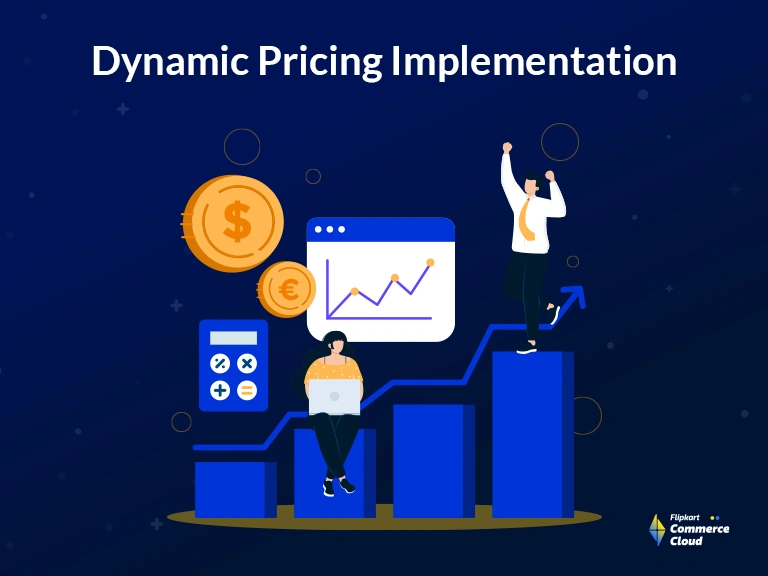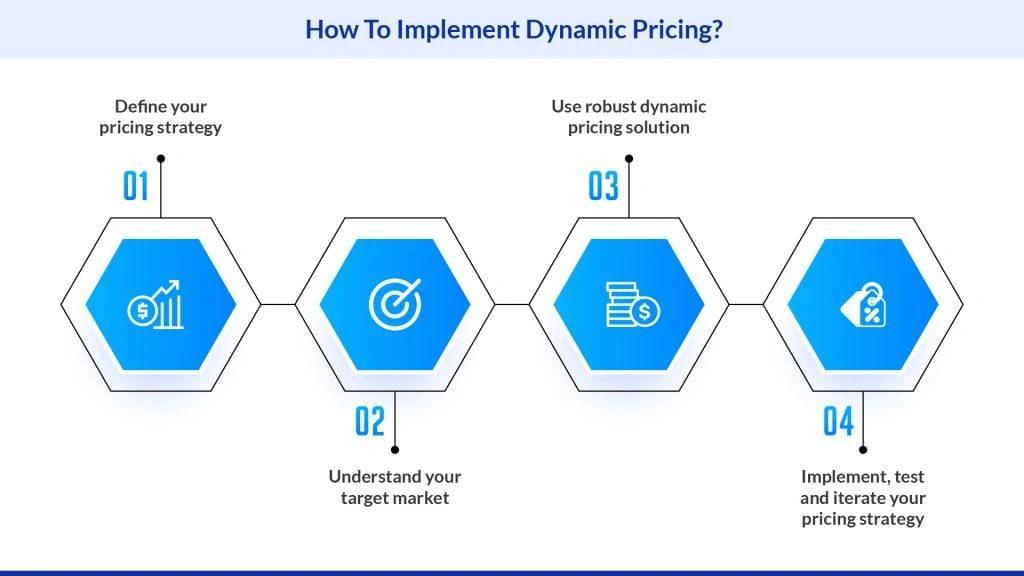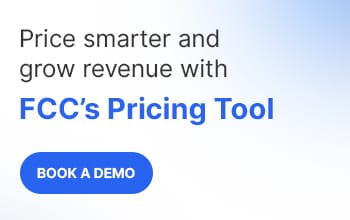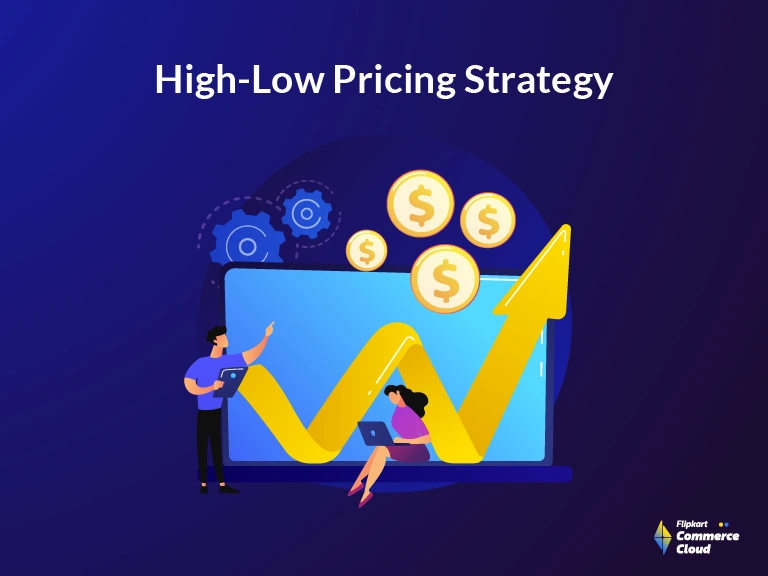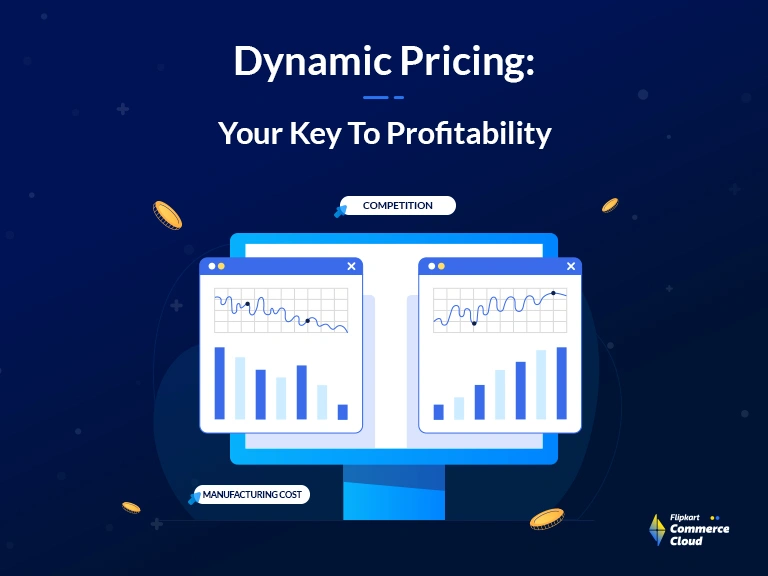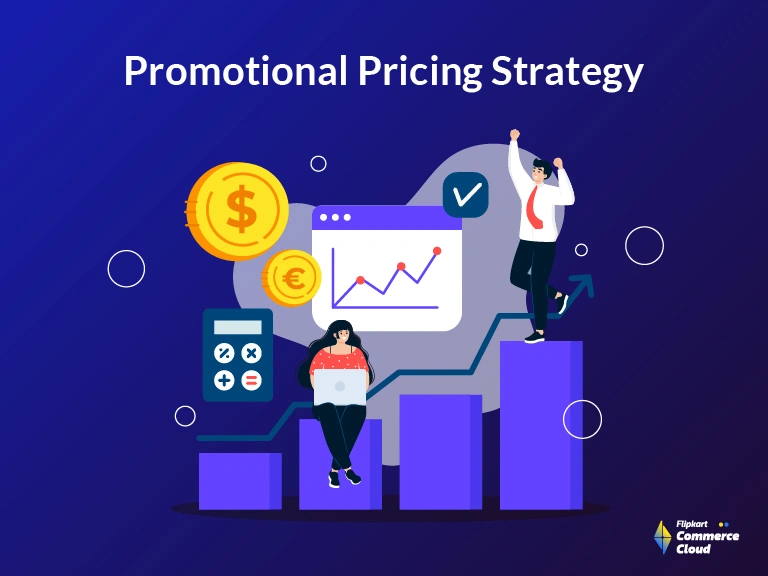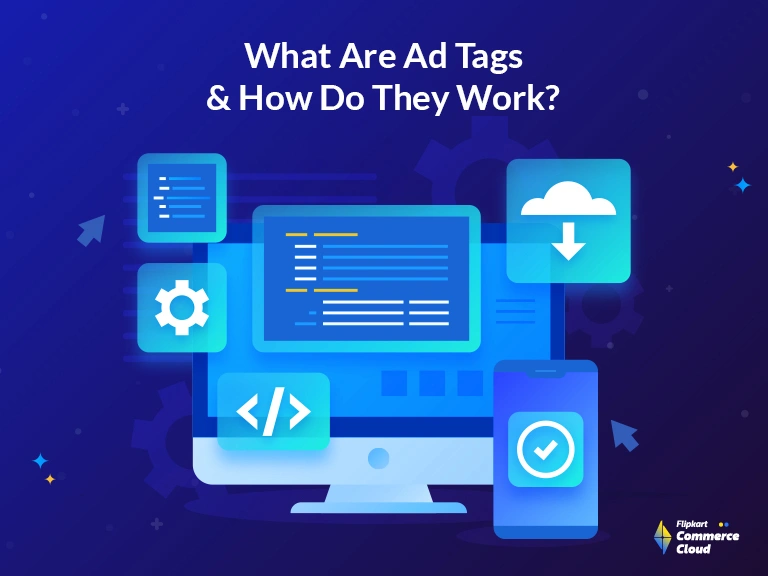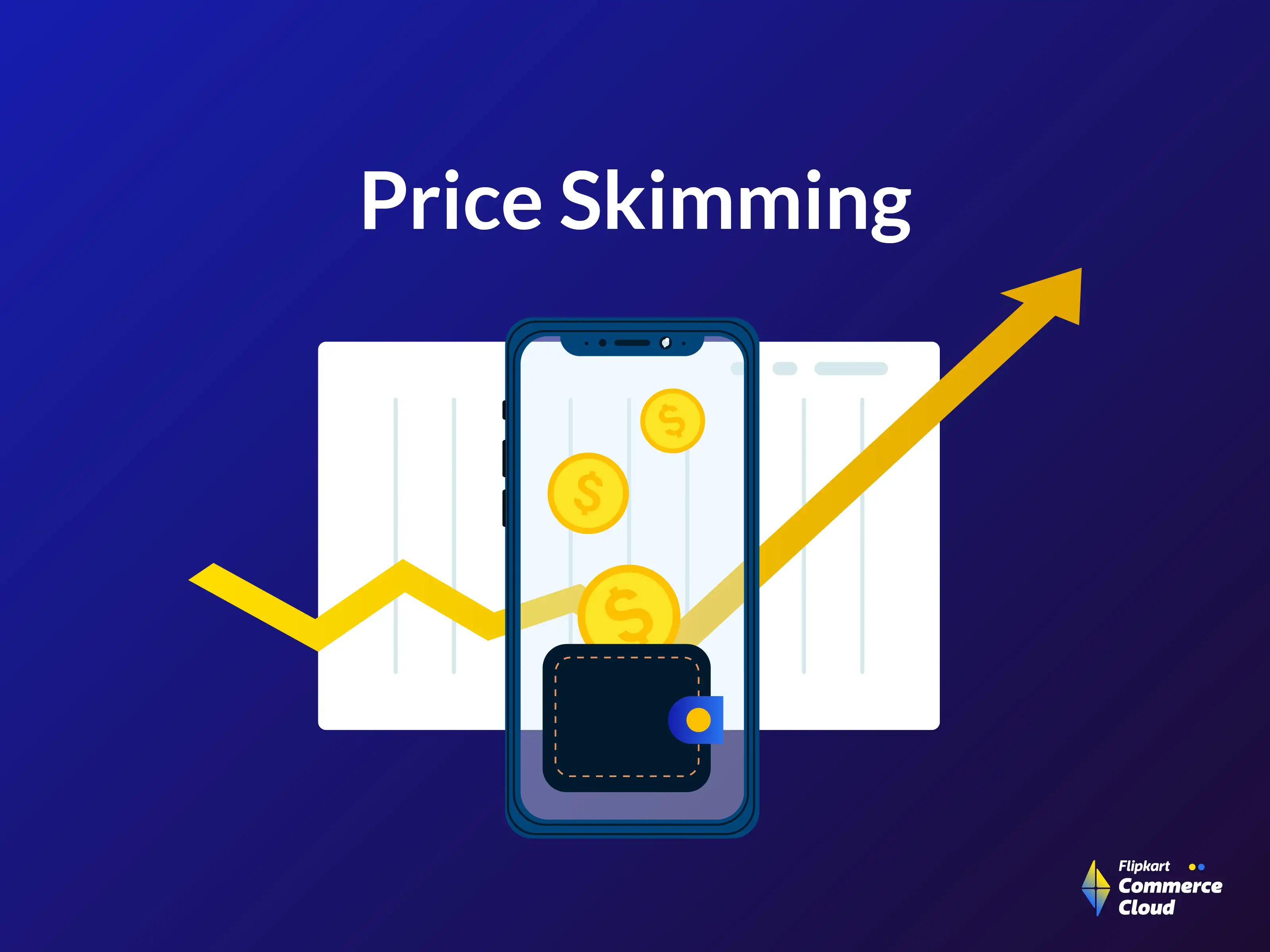Test Environment Setup
Before conducting tests, establish a controlled testing environment that closely mirrors your actual market conditions. This environment should include:
Historical Data: Use a representative historical dataset that captures a range of market scenarios, customer behaviors, and pricing challenges.
Real-Time Data Simulator: Simulate real-time data feeds to mimic the dynamic nature of your market. This could include pricing changes by competitors, fluctuations in demand, and other relevant variables.
Market Scenarios: Create different market scenarios to assess how your model responds to various conditions, such as sudden spikes in demand, unexpected supply chain disruptions, or aggressive competitive moves.
Scenario Testing
Scenario testing involves subjecting your dynamic pricing model to a series of predefined scenarios to evaluate its performance. These scenarios may include:
Demand Fluctuations: Assess how well the model adjusts prices in response to changes in demand. For example, simulate high-demand periods and observe the model's pricing decisions.
Competitor Actions: Test the model's ability to react to changes in competitor pricing. Determine if it can effectively adjust your prices to remain competitive.
Supply Chain Disruptions: Evaluate how the model responds to disruptions in the supply chain, such as delays or shortages. Ensure it can adapt pricing strategies to minimize adverse impacts.
Promotional Events: Test how the model handles promotional events and discounting strategies. Verify that it can execute discounts and promotions effectively.
A/B Testing
A/B testing, also known as split testing, involves comparing the performance of your dynamic pricing model against a control group that follows your existing pricing strategy. This method helps measure the direct impact of dynamic pricing on key performance indicators (KPIs) such as revenue, profit, and market share.
Randomized Groups: Randomly assign customers or market segments to either the dynamic pricing group or the control group. Ensure that the groups are statistically significant.
Measure KPIs: Track KPIs for both groups over a defined period. Compare the results to determine if the dynamic pricing group outperforms the control group.
Iterative Testing: Continuously conduct A/B tests with different variables and pricing strategies to fine-tune your dynamic pricing model.
Feedback Loops
Establish feedback loops to gather input from your pricing team and stakeholders. Encourage regular communication to gather insights, identify issues, and receive feedback on the model's performance in real-world scenarios. Feedback loops help in continuous improvement and adjustment of your dynamic pricing strategy.
Fine-Tuning and Optimization
Based on the insights gained from testing and feedback, fine-tune your dynamic pricing model. This may involve:
Model Parameter Adjustment: Modify model parameters, weights, or algorithms to enhance accuracy and responsiveness.
Rule Adjustments: Review and update pricing rules and constraints to better align with real-world conditions and pricing objectives.
Data Refinement: Continuously refine and update your data sources and data quality processes to ensure the model is fed accurate and relevant information.
Scenario Simulation: Iterate through scenario testing to verify that the model performs well across various market conditions.
Risk Assessment
Conduct a risk assessment to identify potential vulnerabilities and unintended consequences of your dynamic pricing model. Consider scenarios where the model might lead to extreme pricing fluctuations or customer dissatisfaction. Develop strategies to mitigate these risks, such as implementing pricing caps or incorporating customer feedback mechanisms.
Step 5: Launching the Dynamic Pricing Strategy
The moment has arrived to take your dynamic pricing strategy from the drawing board to the market. Step 5, the launch phase, represents the real-world application of your carefully designed dynamic pricing model. In this critical step, we'll explore the specific considerations and best practices for a successful launch without repeating the insights from earlier stages.
Pre-launch Preparations
Before rolling out your dynamic pricing strategy, ensure that your preparations are thorough:
Data Infrastructure: Confirm that your data infrastructure is robust, capable of handling real-time data inputs without delays or bottlenecks. Any lag in data processing can disrupt pricing decisions.
Seamless Integration: Integrate your pricing model seamlessly with sales channels, e-commerce platforms, and point-of-sale systems. The model should efficiently update prices and respond to market shifts in real time.
Communication Plan: Develop a clear communication plan to inform your team about the upcoming changes in pricing strategy. Sales and customer service teams should be well-prepared to address customer inquiries.
Soft Launch
Consider a soft launch or phased rollout of your dynamic pricing strategy to:
Fine-Tune: Make any necessary refinements to the pricing model and rules based on early feedback and initial results.
Assess Impact: Evaluate how the strategy influences sales, revenue, and customer behavior within a controlled context.
Build Confidence: Gain confidence in the strategy's effectiveness before full-scale implementation, reducing the risk of unforeseen challenges.
Customer Communication
Transparent and proactive communication with customers is paramount, especially when prices are subject to frequent changes. Strategies for effective communication include:
Price Notifications: Informing customers about significant price adjustments to manage expectations.
Value Proposition: Reinforce the value customers receive despite price fluctuations, highlighting product quality or exceptional service.
Personalization: Customize offers and discounts for loyal customers to mitigate potential dissatisfaction.
Step 6: Measuring the Effectiveness of Dynamic Pricing Strategy
After meticulous planning, data collection, model development, testing, and the official launch of your dynamic pricing strategy, it's time to turn your attention to Step 6: Measuring the Effectiveness of your dynamic pricing strategy. This phase is crucial for assessing the impact of your strategy, making necessary adjustments, and ensuring that your pricing objectives are being met.
Key Performance Indicators (KPIs)
To gauge the effectiveness of your dynamic pricing strategy, you'll need to establish and monitor Key Performance Indicators (KPIs) that align with your pricing objectives. Here are some common KPIs:
- Revenue Growth: Monitor changes in overall revenue and assess whether your dynamic pricing strategy is contributing to revenue growth.
- Profit Margin: Evaluate the impact of dynamic pricing on profit margins. Ensure that increased sales volume is not coming at the expense of profitability.
- Market Share: Measure your market share to determine whether competitive pricing strategies have been successful in gaining a larger share of the market.
- Customer Retention: Track customer retention rates to assess whether dynamic pricing has enhanced customer loyalty and encouraged repeat business.
- Price Elasticity: Calculate price elasticity to understand how changes in pricing affect customer demand. This information can help you fine-tune your pricing strategies.
- Competitive Position: Continuously monitor your competitive position by assessing how your prices compare with competitors' prices.
Customer Feedback and Surveys
Direct feedback from your customers can offer valuable insights into the effectiveness of your dynamic pricing strategy. Conduct surveys or collect feedback through customer service channels to understand how customers perceive your pricing changes. Their opinions can reveal whether the strategy aligns with their expectations and influences their purchase decisions.
Continuous Monitoring and Adaptation
Dynamic pricing is an ongoing process. Market conditions, customer behaviors, and competitive landscapes can change rapidly. Therefore, it's essential to continuously monitor your dynamic pricing strategy and make necessary adaptations in real time.
Utilize data analytics tools and dashboards to track KPIs, monitor competitor pricing, and stay informed about market trends. Automated alerts can notify you when certain pricing thresholds or conditions are met, enabling swift responses.
Adjustments and Optimization
Based on the insights gained from the measurement phase, be prepared to make adjustments and optimizations to your dynamic pricing strategy. This may involve tweaking pricing rules, altering pricing models, or refining your segmentation strategy. Keep in mind that optimization is an iterative process, and ongoing fine-tuning is often necessary to maximize results.
Implement dynamic pricing strategy with Flipkart Commerce Cloud
Flipkart Commerce Cloud's Dynamic Pricing engine is not just a pricing software; it's a comprehensive solution designed to empower retailers and brands in the ever-evolving landscape of commerce. With guidance from seasoned retail experts, a wealth of experience spanning over 14 years, and a relentless emphasis on the foundation of quality data, FCC's Dynamic Pricing engine provides the competitive edge needed in today's market.
This pricing optimizer, driven by proprietary algorithms that combine game theory and traditional statistics, ensures that your pricing strategy is not just adaptive but also optimized for maximum profitability. With a robust rule engine and the ability to manage multiple categories and SKUs effortlessly, FCC equips your business to thrive, expand, and maximize margins. With FCC, dynamic pricing becomes a strategic advantage, enabling you to stay agile, competitive, and successful in the world of retail.
If you find this process daunting, don't worry; our experts are here to assist you. Get in touch with us today!